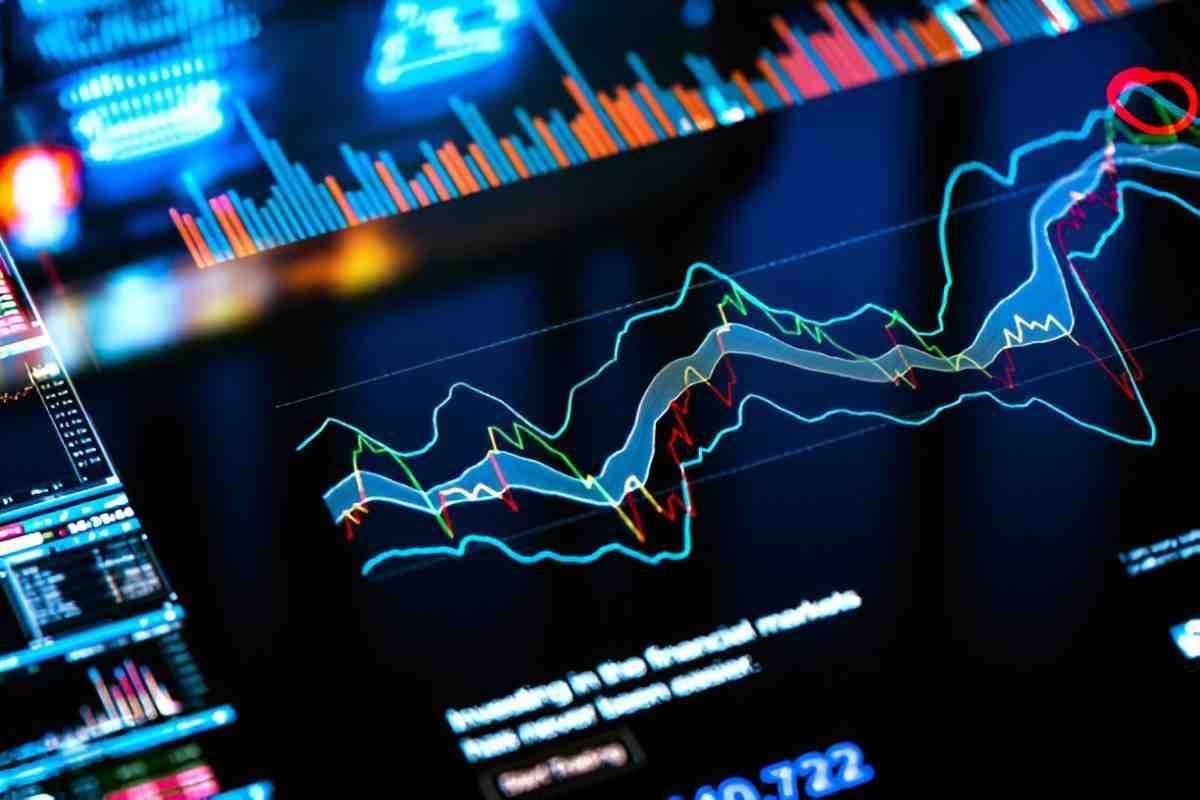Screen trading has revolutionized financial markets. It allows traders to buy and sell securities electronically, replacing traditional open outcry systems. Understanding screen trading is crucial for anyone entering financial markets. I will break down key concepts, strategies, risks, and calculations involved in screen trading.
Table of Contents
What is Screen Trading?
Screen trading refers to executing trades electronically through a digital interface. Traders use computer screens instead of physical trading floors. This method is used in stock, forex, futures, and cryptocurrency markets.
Advantages and Disadvantages of Screen Trading
| Aspect | Advantages | Disadvantages |
|---|---|---|
| Speed | Faster order execution | Requires stable internet connection |
| Accessibility | Available to global traders | Increased market volatility |
| Costs | Lower transaction fees | Requires technical knowledge |
| Transparency | Real-time market data | Susceptible to algorithmic trading effects |
How Screen Trading Works
Screen trading operates through online trading platforms that connect buyers and sellers. Traders analyze price charts, place orders, and manage positions digitally.
Key Components of Screen Trading
- Order Book – Displays buy and sell orders at different price levels.
- Market Depth – Indicates liquidity by showing pending orders.
- Bid-Ask Spread – Difference between highest bid and lowest ask price.
- Execution Speed – Time taken for an order to be processed.
Order Types in Screen Trading
Understanding order types helps traders manage risk and execute strategies effectively.
| Order Type | Description | Example |
|---|---|---|
| Market Order | Executes immediately at best available price | Buying 100 shares at current market price |
| Limit Order | Executes at a specified price or better | Buying 100 shares if price drops to $50 |
| Stop Order | Converts to market order when a trigger price is reached | Selling at $45 if price drops below $46 |
| Stop-Limit Order | Converts to limit order after hitting trigger price | Selling at $45 with a minimum sell price of $44 |
Example: Calculating Bid-Ask Spread Impact
If the best bid price is $100 and the best ask price is $100.50, the bid-ask spread is:
\text{Bid-Ask Spread} = \text{Ask Price} - \text{Bid Price} = 100.50 - 100 = 0.50If a trader buys 500 shares at the ask price and sells at the bid price, the total transaction cost is:
\text{Total Cost} = \text{Shares} \times \text{Spread} = 500 \times 0.50 = 250Market Orders vs. Limit Orders: Which One to Use?
Market orders ensure execution but may lead to higher costs due to slippage. Limit orders control the price but may not be executed if the market does not reach the specified price.
Technical Analysis in Screen Trading
Traders use technical analysis to predict price movements. Common indicators include:
| Indicator | Purpose |
|---|---|
| Moving Averages | Identifies trends |
| Relative Strength Index (RSI) | Measures momentum and overbought/oversold conditions |
| Bollinger Bands | Shows price volatility |
| MACD | Identifies trend reversals |
Example: Calculating Moving Averages
A simple moving average (SMA) is calculated as:
\text{SMA} = \frac{\sum P_t}{n}Where:
- P_t is the closing price for each period
- n is the number of periods
If the last five closing prices are 50, 52, 51, 53, and 54, the 5-day SMA is:
\text{SMA} = \frac{50+52+51+53+54}{5} = \frac{260}{5} = 52Risk Management in Screen Trading
Effective risk management is critical. Traders use position sizing, stop-loss orders, and portfolio diversification to manage risks.
Position Sizing Example
If a trader has $10,000 and risks 2% per trade, the maximum risk per trade is:
\text{Risk per Trade} = \text{Capital} \times \text{Risk Percentage} = 10000 \times 0.02 = 200If the stop-loss distance is $5 per share, the number of shares to trade is:
\text{Shares to Trade} = \frac{\text{Risk per Trade}}{\text{Stop-Loss Distance}} = \frac{200}{5} = 40Algorithmic Trading and Screen Trading
Algorithmic trading uses computer programs to execute trades based on pre-defined criteria. While beneficial, it can increase market volatility.
High-Frequency Trading (HFT)
HFT uses complex algorithms to execute thousands of trades per second, benefiting from small price movements.
Conclusion
Screen trading offers speed, efficiency, and accessibility. Understanding order types, technical indicators, and risk management strategies is essential. By applying these principles, traders can navigate markets with confidence.





